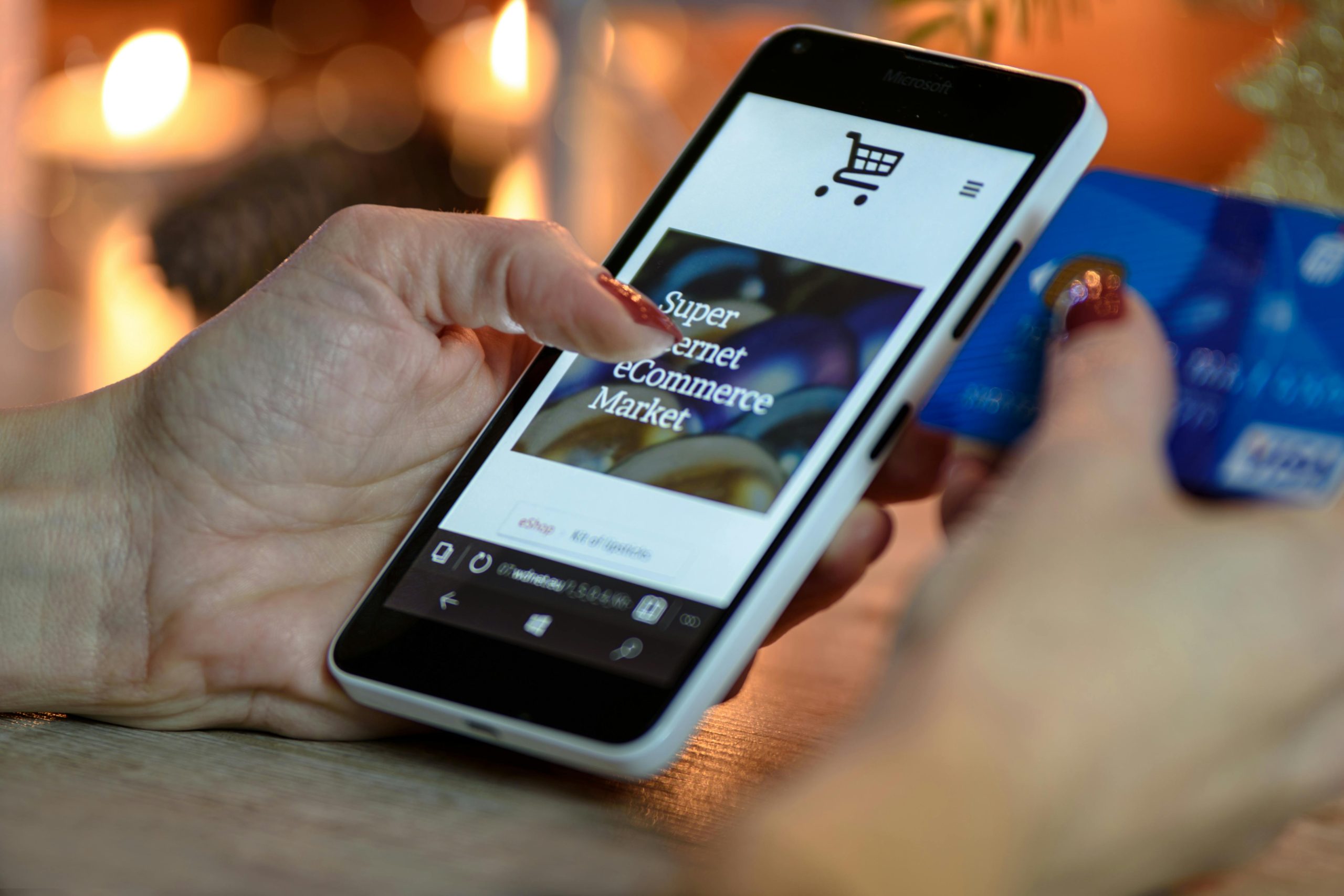From browser extensions to virtual cards — steps to protect yourself before you pay.
Online shopping is faster and more convenient than ever. With a few clicks, you can order groceries, clothes, electronics, and even furniture — all delivered to your doorstep. But every time you shop online, there’s a hidden risk: cybercriminals and fraudsters waiting for the chance to steal your personal and payment information.
So before you hit “checkout,” take a few extra steps to make sure your shopping experience is secure, private, and scam-proof.
🔐 1. Use a Secure, Private Internet Connection
Public Wi-Fi (like in cafés, airports, or malls) can be easily hijacked by hackers. Never enter your credit card details on a website when you’re connected to an unsecured or unknown network.
What to do:
- Shop from your home network or a trusted secure Wi-Fi.
- If you’re traveling or on-the-go, use a VPN (Virtual Private Network) to encrypt your connection.
🧱 2. Install Browser Extensions That Enhance Security
There are several browser tools that can block malicious websites, alert you to phishing attempts, and prevent data theft:
- HTTPS Everywhere – Forces sites to use secure connections.
- uBlock Origin – Blocks shady ads and malware-injected banners.
- Privacy Badger – Stops invisible trackers from collecting your info.
- Bitdefender TrafficLight – Flags unsafe websites in real time.
These tools work in the background and help create a safer online environment every time you browse or shop.
💳 3. Use Virtual Cards for Online Payments
Virtual cards are temporary credit or debit card numbers generated by your bank or a payment provider. Even if a scammer gets the number, they can’t use it after it expires or for unauthorized purchases.
Benefits of virtual cards:
- One-time use or merchant-locked
- Can be cancelled instantly
- Doesn’t expose your real bank account
Where to get them:
Many banks and fintechs (like Revolut, Capital One, Wise, or Privacy.com) offer this feature.
🔎 4. Look for Trust Signals on the Website
Before entering any information, check for:
- ✅
https://in the URL (with a padlock icon) - 🏢 A proper company name, contact address, and customer service email
- 📄 Return/refund policy, privacy terms, and shipping info
- 💬 Legitimate reviews (Google the site name + “scam” to verify)
If a site is missing these elements or seems rushed and unprofessional, it’s best to avoid it.
📧 5. Don’t Shop From Links in Emails or Ads
Scammers often send fake “sale” links via email, SMS, or sponsored ads that lead to counterfeit websites. These sites mimic real brands but are designed to steal card details.
What to do:
- Type the store’s official URL manually into your browser.
- Use bookmarks for trusted shopping sites.
- Avoid clicking on popup deals from unfamiliar platforms.
🧠 6. Create Strong, Unique Passwords for Shopping Accounts
Using the same password across multiple sites is dangerous — one breach can give hackers access to your other accounts.
Best practices:
- Use a password manager to generate and store complex passwords.
- Avoid using names, birthdates, or common phrases.
- Enable 2FA (Two-Factor Authentication) if available.
📲 7. Turn on Purchase Notifications With Your Bank
Even if you do everything right, fraud can still happen. By setting up instant transaction alerts, you’ll be notified of any unauthorized charges right away.
How to set it up:
- Go to your bank’s mobile app or website.
- Enable SMS or app push notifications for all purchases.
- Review your statements regularly to spot anything suspicious.
🧾 8. Use Reliable Payment Gateways
Only enter your card details through secure, well-known payment processors like:
- PayPal
- Stripe
- Apple Pay / Google Pay
- Klarna / Affirm
Avoid giving your card number directly to a store you don’t fully trust, especially if they don’t use any recognizable checkout system.
🧊 9. Beware of “Too Good to Be True” Deals
Huge discounts on high-end items — especially from websites you’ve never heard of — are often bait. Scammers use fake luxury stores or gadget sites to attract buyers and steal money without ever shipping a product.
What to do:
- Research the store.
- Look for customer photos and complaints.
- Trust your instincts — if it feels off, it probably is.
⚠️ 10. Already Paid and Feeling Suspicious?
If you’ve just made a payment and are starting to question the legitimacy of the site, act quickly:
- Contact your bank or card issuer immediately.
- Request a chargeback if the product doesn’t arrive or seems fraudulent.
- Change your account passwords — especially if you reused one.
- Report the incident to your country’s fraud reporting agency.
🆘 Need help?
If you suspect you’ve been scammed during an online transaction, don’t panic — you’re not alone, and recovery may still be possible.
📧 Reach out to us at: info@fast-recover.com
Our team specializes in helping people recover funds lost through online scams and unauthorized transactions. We’ll help you figure out the next steps.


